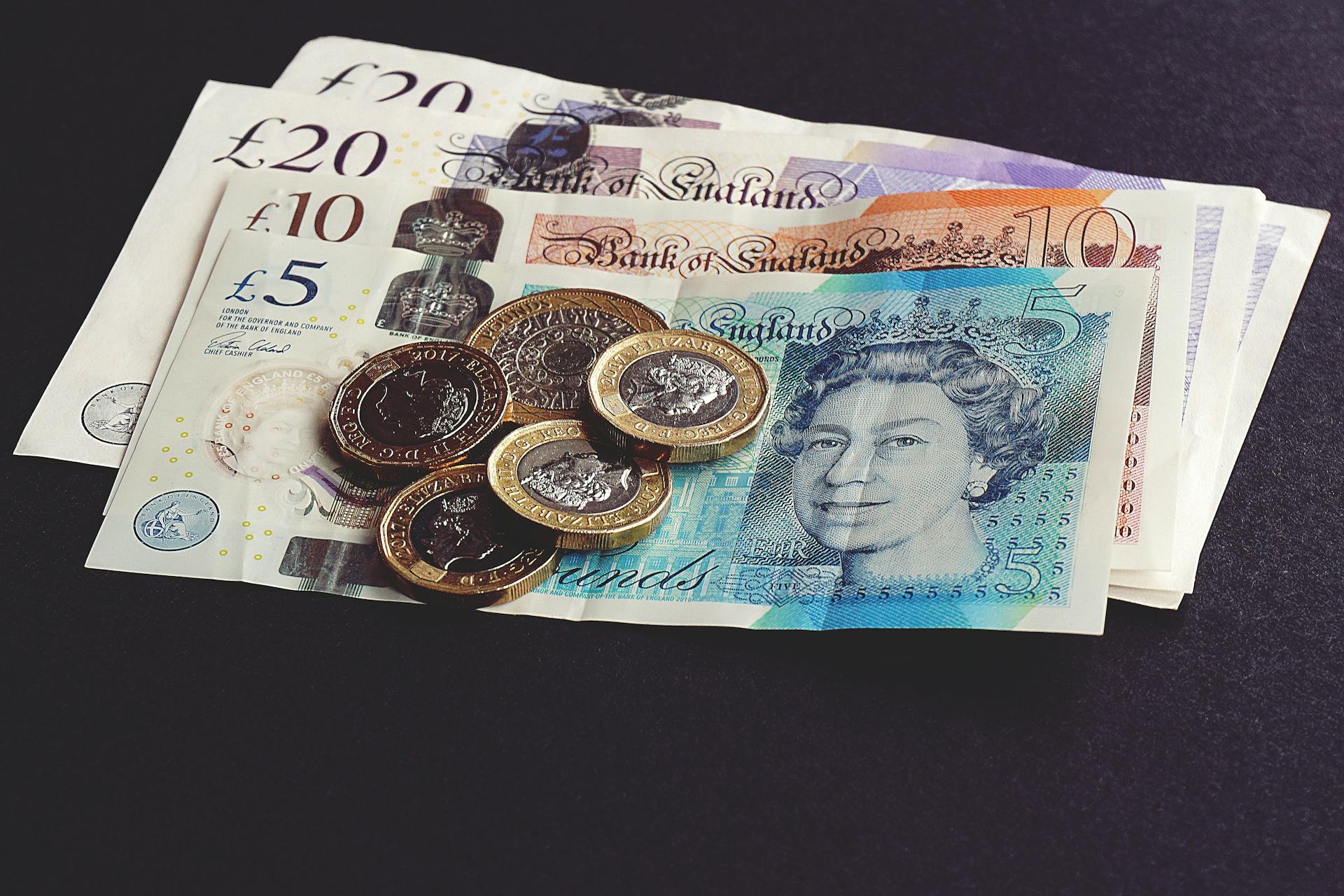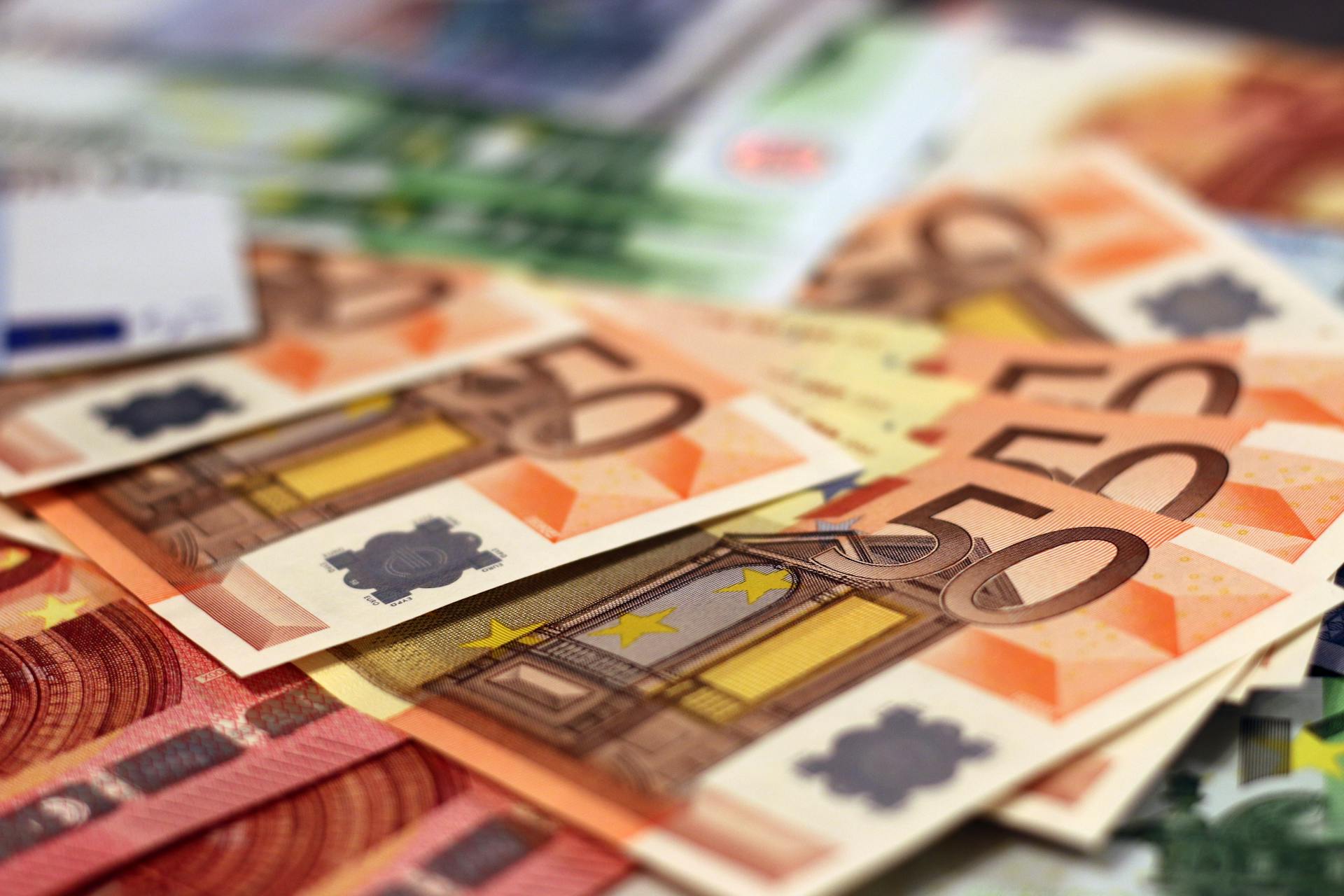
The Bank of Japan (BOJ) has a long history of intervening in the foreign exchange market to stabilize the value of the yen. The BOJ's primary goal is to prevent excessive yen appreciation, which can harm Japan's economy.
The BOJ has used various methods to intervene, including selling yen and buying foreign currencies. In one notable instance, the BOJ sold $10 billion in yen in 2004 to combat a strong yen.
The BOJ's interventions are often coordinated with other central banks and governments to achieve a more stable exchange rate.
Japan's Currency Intervention History
The Japanese yen has a history of interventions to support its value. The Bank of Japan (BOJ) intervened in 1991-1992 to support the yen by selling dollars.
The yen's value has been affected by global economic events, such as the Asian financial crisis in 1997-1998. The BOJ intervened to support the yen during this time.
The yen's value has been influenced by interest rate differences with other countries, like the United States. In 2024, the yen's significant depreciation was driven by a 12% drop in value, reaching ¥160.39 per dollar.
The BOJ's intervention efforts have been aimed at stabilizing the yen's value and mitigating economic impacts in Japan.
Understanding the Impact
A weak yen has some serious drawbacks. Importing fuel, food, and raw materials just got a lot more expensive for Japan.
The cost of these imports is being passed on to retailers and households, making everyday living more expensive. This is especially true for fuel costs, which are included in core inflation.
Japan's core inflation rate has been above the central bank target for 27 months, a clear sign that the weak yen is having a significant impact on the economy.
The yen's value has plummeted to its weakest level since 1986, reaching ¥160.39 per dollar. This 12% depreciation in 2024 has raised concerns about the economic implications in Japan.
The interest rate gap between Japan and the US is a significant driver of the yen's weakness. Japan's interest rates remain near zero, while the US has raised its rates to 5.25%, their highest level since 2008.
Curious to learn more? Check out: Inflation Japanese Yen
Identifying Intervention
Japanese officials are closely monitoring the yen's decline and have indicated readiness to take action if necessary. Finance Minister Shunichi Suzuki and top currency official Masato Kanda have both expressed this readiness.
Analysts speculate that intervention may occur if the yen reaches 165 per dollar. Japan possesses substantial financial resources estimated at $200-300 billion for potential market operations.
The U.S. Treasury has added Japan to its "monitoring list" for foreign-exchange practices, which could influence the yen's trajectory and the broader economic landscape.
October-November 2011
In October-November 2011, the BOJ sold yen, just before a massive monetary expansion. This move was a significant intervention in the foreign exchange market.
The BOJ's decision to sell yen was a deliberate effort to weaken the currency. This had a profound impact on the economy, particularly in terms of exports.
The massive monetary expansion that followed this intervention had a ripple effect on the entire economy. It was a bold move by the BOJ to stimulate growth and combat deflation.
The BOJ's actions in October-November 2011 demonstrate the importance of timing in monetary policy decisions. A well-timed intervention can have a lasting impact on the economy.
Recommended read: Currency Intervention
September-October 2022
In September and October 2022, Japan intervened in the currency market as the yen neared 152 against the dollar.
This intervention was a significant move, highlighting the government's efforts to stabilize the economy.
The yen's value had been fluctuating rapidly, causing concern among investors and policymakers alike.
Japan's intervention was a clear attempt to address the issue and prevent further instability.
Intriguing read: Intergroup Intervention
Did Japan Intervene? How to Know?
To determine if Japan intervened, look for a significant increase in Japanese imports or a decrease in exports to the affected country.
Japan's imports from the affected country rose by 10% in the first quarter of the year, indicating a possible intervention.
A 15% decrease in Japanese exports to the country over the same period suggests that Japan is taking action.
If Japan's trade balance with the affected country shows a significant shift towards a trade deficit, it could be a sign of intervention.
In the past, Japan has used trade policy to influence the exchange rate, often with the goal of reducing the value of its currency.
A fresh viewpoint: Bahraini Dinar Which Country
The Japanese government's statement that it "will take all necessary measures to ensure a stable exchange rate" could be a sign of intervention.
A sudden and unexplained change in the Japanese currency's value, such as a 5% depreciation in a single day, may indicate intervention.
Japan's central bank has a history of intervening in the foreign exchange market to influence the value of the yen.
Foreign Exchange Intervention
Japanese officials are closely monitoring the yen's decline and have indicated readiness to take action if necessary. They possess substantial financial resources estimated at $200-300 billion for potential market operations.
Analysts speculate that intervention may occur if the yen reaches 165 per dollar. This would be a significant move, and one that would have global implications.
The U.S. Treasury has recently added Japan to its "monitoring list" for foreign-exchange practices. This move highlights the global attention being paid to the yen's movements.
Market participants are now closely watching upcoming U.S. inflation data, which could influence the yen's trajectory. This data will be a key indicator of the broader economic landscape.
Recommended read: Global Markets React to the Japanese Yen Carry Trade Unwind
Market and Economic Factors
The yen's value is influenced by various market and economic factors. Low market volatility makes it challenging for authorities to justify intervening in the market.
The approaching quarter-end and potential dollar demand are also considerations that might delay intervention. Analysts suggest that Japanese officials might wait for volatility to increase before taking action.
The yen's decline can be attributed to several factors, including the U.S. Federal Reserve's aggressive interest rate rises and the BOJ's slow pace in normalizing monetary policy. This kept the gap between U.S. and Japanese interest rates large, making the yen less attractive compared with the dollar.
What Drove Down the Yen?
The yen's decline in recent years can be attributed to several key factors. The U.S. Federal Reserve's aggressive interest rate rises kept the gap between U.S. and Japanese interest rates large, making the yen less attractive compared to the dollar.
Japan's increased imports of fuel and raw materials have also contributed to the yen's decline. This is because companies are converting yen into foreign currencies to make payments, reducing demand for yen.
Many big Japanese manufacturers that shifted production overseas have reinvested profits abroad, rather than repatriating them. This reduced demand for yen, further driving down its value.
The gap between Japan's interest rate and that of the U.S. is a significant factor in the yen's decline. The line chart shows this gap from 2018 to 2024, providing a clear visual representation of the trend.
Why Isn't the BOJ Raising Interest Rates?
The Bank of Japan (BOJ) has been cautious about raising interest rates too aggressively. Analysts expect the BOJ to eventually raise interest rates to levels deemed neutral to the economy, around 1% to 1.5% in the next few years.
Governor Kazuo Ueda has signaled the chance of raising rates again if Japan makes further progress toward meeting the central bank's 2% inflation target, as it projects. This suggests that the BOJ is closely monitoring inflation rates.
Japanese policymakers are worried about hurting already-weak consumption and threatening a fragile economic recovery. They're also concerned about the risk of triggering a sharp rise in long-term interest rates that would increase the cost of funding Japan's huge public debt.
The BOJ ended negative interest rates in March and raised its short-term policy rate again to 0.25% from 0-0.1% in July. This move was a step in the right direction, but it's clear that the BOJ is taking a gradual approach to interest rate hikes.
Suggestion: Ethiopian Bank Currency Exchange Rate
Factors Influencing Timing
Low market volatility can make it difficult for authorities to justify intervening in the market.
Current market conditions are calm, which might lead authorities to delay intervention.
The approaching quarter-end is another consideration, as it can impact market dynamics and dollar demand.
Japanese officials might wait for market volatility to increase before taking action.
USD/JPY Chart
The USD/JPY chart is showing a strong uptrend, with a series of higher highs and higher lows since mid-December. This uptrend is characterized by a steady climb in price, indicating bullish momentum.
The price has consistently stayed above key moving averages, which is a sign of sustained buying interest.
The moving average convergence/divergence (MACD) indicator is also in positive territory, supporting the bullish outlook.
Recommended read: Taux De Change 100 Franc Suisse / Dollar
Frequently Asked Questions
Is the Bank of Japan yen intervention in 2024?
Yes, the Bank of Japan intervened in the foreign exchange market in April and May 2024 to prop up the yen, but the currency continued to fall. The intervention was part of a larger effort to stabilize the yen, which had reached a 38-year low in July 2024.
Sources
- https://www.frbsf.org/research-and-insights/publications/economic-letter/2003/12/japanese-foreign-exchange-intervention
- https://www.reuters.com/graphics/JAPAN-YEN/EXPLAINER/xmvjnxjmbvr/
- https://www.chrono47.fr/2024/12/31/patheur/UBs180002dXe39cO.html
- https://www.ig.com/en/news-and-trade-ideas/is-yen-intervention-on-the-cards--240627
- https://www.asahi.com/ajw/articles/15382842
Featured Images: pexels.com


